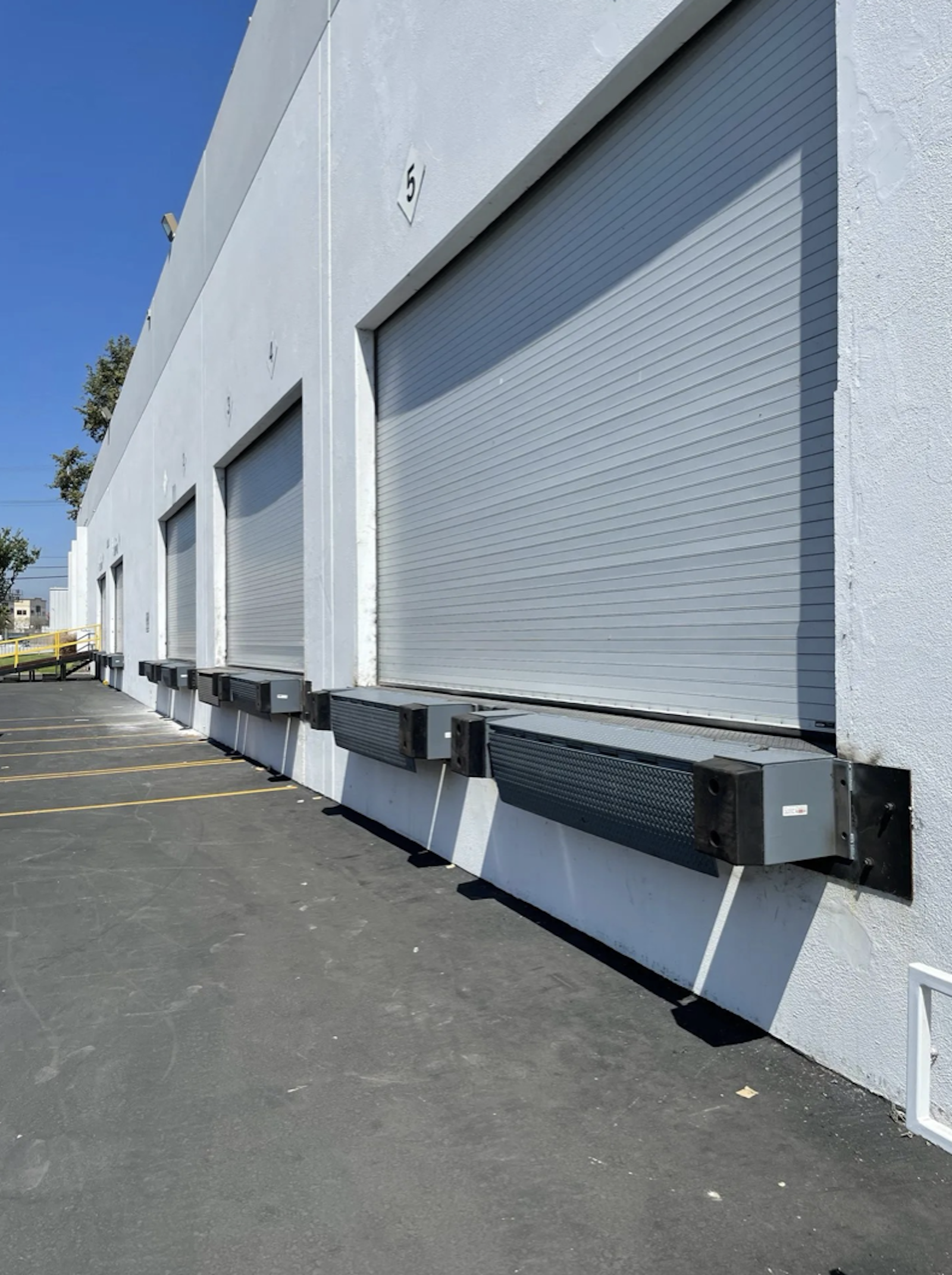

Dock-High vs. Grade-Level: Choosing the Right Door to Drive Efficiency in Your Orlando Industrial Property
For any disciplined business owner, efficiency is everything. Just like selecting the right tool for the job, choosing the right loading door is a critical decision that directly impacts your day-to-day operations, safety, and bottom line. In industrial real estate, not all loading doors are created equal, and a mismatch can cost you time and money for years.
When evaluating warehouse space for lease, you’ll primarily encounter two types: Dock-High and Grade-Level. Here is the straight talk on what each one means for your business in Central Florida.
Dock-high doors are the workhorse of logistics and distribution centers. They are designed for companies with a high volume of palletized goods and frequent, standardized truck traffic.
The Setup: The dock is elevated, typically 48 to 52 inches (the same height as a semi-truck trailer floor). This allows trucks to simply back right up for a seamless transfer.
Operational Efficiency: Forklifts and pallet jacks can move goods directly from the warehouse floor into the trailer without relying on ramps or lifts. This is crucial for cross-docking operations or facilities with high inventory turnover.
Ideal For: Large distribution centers and businesses that rely on 53-foot trailers. The right number of loading docks for your space is typically 1 per 5,000 to 10,000 sq ft for distribution.
Also known as drive-in doors, grade-level doors are located at the same height as the ground outside and the floor inside the facility. They offer maximum flexibility, which is often preferred by flex space users, contractors, and manufacturers.
Direct Access: They allow trucks, vans, and vehicles to drive directly into the building.
Operational Flexibility: This is perfect for a business that needs to store vehicles, stage equipment, or operate a workshop. A manufacturing facilities operation often uses these for bringing in raw materials or moving large, non-palletized finished goods.
Ideal For: Tradesmen, service companies, and light manufacturing facilities that require less frequent, but easier, vehicle access. Developers are even adding these to the front of rear-load warehouses to allow contractors easy, front-of-house access.
A dedicated Industrial site selection expert will tell you: the right door can boost your productivity by 25%, while the wrong door is a daily hassle.
Manufacturing Needs: If your business is manufacturing, your ratio might be closer to 1 dock position per 15,000 to 20,000 sq ft. You might need a mix of both dock-high (for shipping raw materials out) and grade-level (for driving vehicles or equipment inside).
The Safety Factor: Loading docks are high-risk areas. The right door, paired with essential equipment like dock levelers (to bridge the gap between truck and dock) and safety restraints, is non-negotiable for risk mitigation.
Don't leave this critical decision to chance. When you are assessing industrial properties with loading docks, you need a broker who understands the operational difference, not just the square footage.